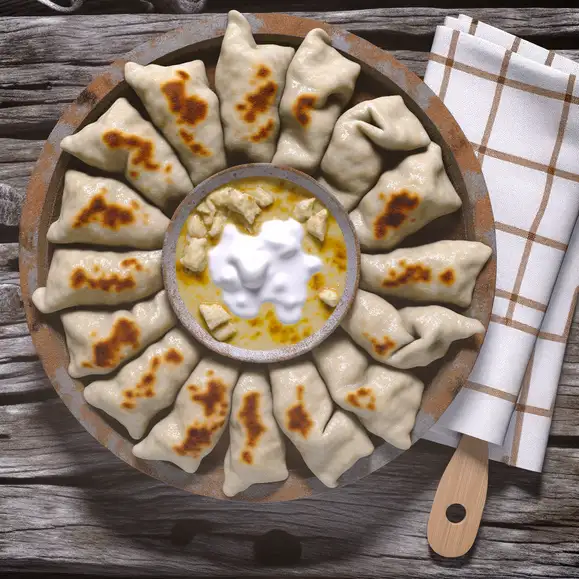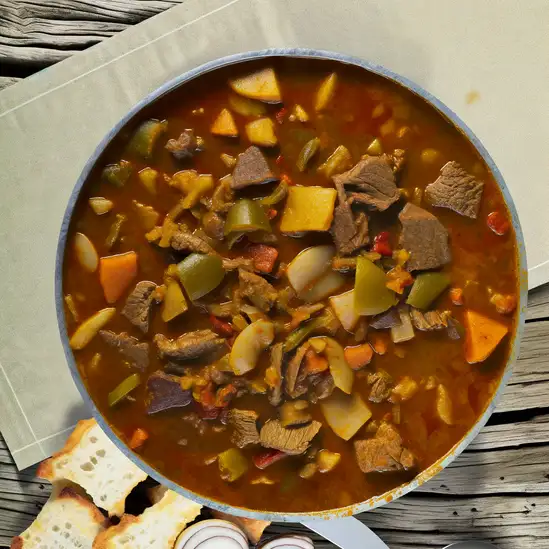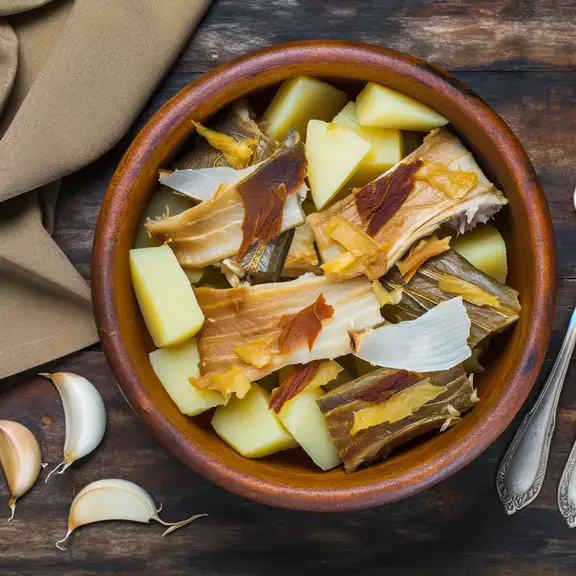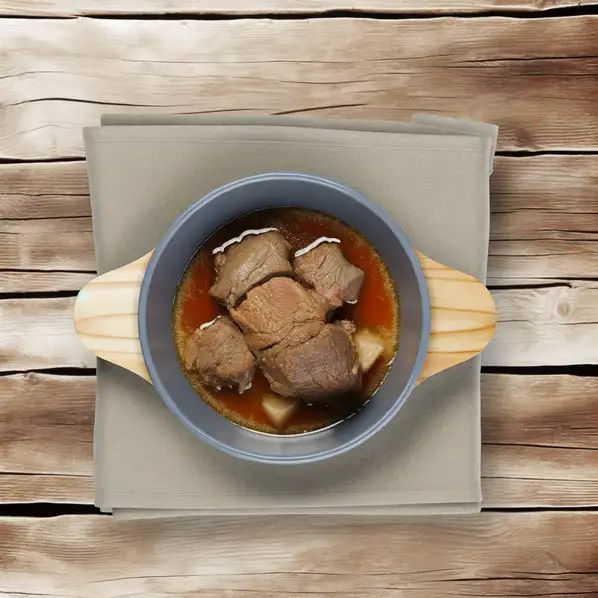


Imagine wandering through a city where the old world gently brushes against the new,and every corner hums with a quiet,inviting energy—that’s Zagreb. From the moment you step into its cobbled streets,you’re wrapped in a warm,lived-in charm. The air carries the scent of fresh coffee mingling with blooming linden trees,while the distant chatter from open-air cafés spills into the streets,inviting you to slow down and savor the moment. Zagreb doesn’t shout for attention; it welcomes you like an old friend,with a smile and a story. The city’s character is a delightful blend of Austro-Hungarian elegance and vibrant Croatian spirit. Strolling through the Upper Town,you’ll catch glimpses of medieval towers and baroque facades,while the Lower Town buzzes with modern life—art galleries,quirky boutiques,and lively markets where you can taste local cheeses,honey,and the unmistakable sweetness of fresh figs. Music often drifts from street performers,adding a soundtrack to your exploration that feels both spontaneous and soulful. What makes Zagreb truly special is its rhythm—unhurried yet alive. Whether you’re sipping a glass of robust Croatian wine in a cozy tavern or watching the sunset paint the rooftops in shades of gold and rose,there’s a sense of belonging here. It’s a city that invites you to not just see it,but to feel it,to become part of its story,even if just for a little while.
The information on this page is currently being reviewed by Tripkliq and should be used as a guide only
Eng word: Hello
Eng pronunciation: Bohk
Local language: Bok
Eng word: Goodbye
Eng pronunciation: Doh-vee-jen-ya
Local language: Doviđenja
Eng word: Thank you
Eng pronunciation: Hvah-lah
Local language: Hvala
Eng word: How much
Eng pronunciation: Koh-lee-koh
Local language: Koliko
Eng word: Toilet
Eng pronunciation: Toh-ah-let
Local language: Toalet
Eng word: Help me
Eng pronunciation: Poh-moh-zee mee
Local language: Pomozi mi
Eng word: Yes
Eng pronunciation: Dah
Local language: Da
Eng word: No
Eng pronunciation: Neh
Local language: Ne
Eng word: Excuse me
Eng pronunciation: Oh-proh-stee-teh
Local language: Oprostite
Zagreb was officially founded in 1094 when King Ladislaus established the Zagreb Diocese. This marked the beginning of the city's long and rich history.
Zagreb originally consisted of two medieval settlements, Kaptol and Gradec, which were united in 1851 to form the modern city. Kaptol was the ecclesiastical center, while Gradec was a fortified town.
The Zagreb Cathedral, dedicated to the Assumption of Mary and to St. Stephen, is one of the most iconic landmarks in the city. Its construction began in the 13th century and it has been rebuilt several times, most notably after the 1880 earthquake.
St. Mark's Church, located in the Upper Town, is famous for its colorful tiled roof featuring the coat of arms of Zagreb and the Kingdom of Croatia. The church dates back to the 13th century.
Ban Jelačić Square is the central square of Zagreb and a popular meeting point for locals and tourists. It is named after Ban Josip Jelačić, a 19th-century Croatian hero whose statue stands prominently in the square.
In 1880, Zagreb was struck by a powerful earthquake that caused significant damage to the city. The event led to extensive rebuilding and modernization efforts, shaping the city's current architectural landscape.
The University of Zagreb, founded in 1669, is the oldest continuously operating university in Croatia and one of the oldest in Europe. It has played a crucial role in the educational and cultural development of the city.
Opened in 1895, the Croatian National Theatre in Zagreb is a stunning example of neo-baroque architecture. It has hosted numerous world-class performances and remains a cultural hub in the city.
Zrinjevac Park, part of the Lenuci Horseshoe, is a beautiful green space in the heart of Zagreb. Established in the late 19th century, it features fountains, statues, and a music pavilion, making it a favorite spot for relaxation.
In Zagreb, the most common Power Adaptor is Type C, Type F.



A slow-cooked dish made with meat (usually lamb or octopus) and vegetables, cooked under a bell-like lid covered with embers, resulting in tender and flavorful food.

Small, deep-fried doughnuts flavored with citrus and often sprinkled with powdered sugar, commonly enjoyed during festive seasons.

A traditional Croatian dish made of dough filled with cheese, often served baked or boiled, and sometimes topped with sour cream.

A variation of Štrukli, this dish is specifically from the Zagorje region and is typically prepared with a thicker dough and a rich cheese filling.

Cabbage rolls stuffed with minced meat and rice, simmered in a tomato sauce, often enjoyed during winter months.

A hearty stew made with beef, vegetables, and spices, often served with bread or dumplings, reflecting the influence of Hungarian cuisine.

A spicy, cured sausage made from pork, paprika, and various spices, originating from Slavonia but popular throughout Croatia.

Dried cod prepared in various ways, often served with potatoes and garlic, especially popular during Christmas time.

Thin pancakes similar to crepes, filled with a variety of sweet or savory fillings, such as jam, chocolate, or cheese.

A traditional dish made from bear meat, often prepared in stews or roasts, showcasing the unique culinary heritage of the region.
If you ever find yourself wandering through Split,it’s like stepping into a living,breathing storybook where ancient history and vibrant modern life dance together effortlessly. The moment you stroll along the Riva promenade,the salty breeze from the Adriatic mingles with the aroma of fresh espresso and grilled seafood wafting from nearby cafés. Locals chat animatedly in the sun-dappled squares,their laughter blending with the distant hum of boats bobbing gently in the harbor. There’s a laid-back energy here that feels both timeless and alive,inviting you to slow down and soak it all in.
Split’s heart beats strongest in Diocletian’s Palace,a sprawling Roman fortress that’s less a museum and more a neighborhood where people live,shop,and gather. Walking through its ancient stone alleys,you’ll catch glimpses of colorful markets,artisan shops,and cozy taverns tucked into centuries-old walls. At night,the city transforms as lanterns flicker on,and the sound of live klapa singing—traditional a cappella harmonies—drifts through the air,wrapping you in a warm,soulful embrace.
What really makes Split unforgettable is how effortlessly it blends the old with the new. You can savor a plate of fresh octopus salad while watching fishermen haul in their catch,then wander to a rooftop bar for a cocktail as the sun sets behind the islands. It’s a place where every corner tells a story,every meal feels like a celebration,and every moment invites you to become part of its ongoing tale.
If you ever find yourself wandering through the sun-drenched streets of Dubrovnik,you’ll immediately feel like you’ve stepped into a living storybook. The city’s ancient stone walls rise proudly against the sparkling Adriatic,and as you stroll along the marble-paved Stradun,the salty sea breeze mingles with the scent of fresh pine and blooming bougainvillea. There’s a rhythm here—a gentle hum of life where history and modern charm dance together effortlessly.
Dubrovnik’s character is woven into every corner:the clatter of café cups,the murmur of locals chatting in cozy taverns,and the distant call of seagulls overhead. You can almost taste the city in the air—briny and fresh,with hints of grilled seafood and ripe figs from the markets. Sitting at a seaside restaurant,watching the sun dip behind the fortress walls,you’ll savor dishes bursting with Mediterranean flavors,paired with a glass of crisp Croatian white wine.
What makes Dubrovnik truly special is how it balances its rich past with a vibrant present. The city’s narrow alleys invite exploration,revealing tucked-away galleries,artisan shops,and lively squares where music spills out into the streets. Whether you’re tracing the footsteps of ancient mariners or simply soaking up the golden light on a quiet terrace,Dubrovnik feels like a warm embrace—inviting,timeless,and utterly unforgettable.
If you ever find yourself wandering the Dalmatian coast,Zadar is one of those places that sneaks up on you with its quiet charm and unexpected magic. The moment you step onto its ancient stone streets,there’s this warm,timeless feeling—like the city is gently humming a tune just for you. The salty breeze from the Adriatic mingles with the scent of fresh pine and blooming jasmine,wrapping around you as you stroll along the waterfront. It’s a place where history isn’t just in museums; it’s alive in the crumbling Roman ruins,the medieval churches,and the lively squares where locals gather to chat and sip coffee.
What really sets Zadar apart is its playful spirit. You’ll hear it in the waves as they dance through the Sea Organ,an extraordinary installation that turns the sea’s movement into haunting melodies. And just a few steps away,the Sun Salutation lights up the night with a mesmerizing display of colors,making the waterfront feel like a celebration of nature and art. Grab a seat on the stone benches,watch the sun dip below the horizon,and you’ll understand why Alfred Hitchcock once called Zadar the most beautiful sunset in the world.
The city’s vibe is relaxed but vibrant,with cozy konobas serving up fresh seafood and local wines that taste like the essence of the region. Whether you’re wandering through the bustling market,exploring narrow alleys,or simply soaking in the views from a café terrace,Zadar invites you to slow down,breathe deeply,and savor every moment.
Imagine stepping into a city where every corner feels like a scene from a timeless painting—Venice is exactly that kind of place. The moment you arrive,the gentle lapping of water against ancient stone buildings wraps around you like a soft melody. Instead of streets,there are winding canals,and instead of cars,gondolas glide silently beneath ornate bridges,their oars dipping rhythmically into the emerald water. The air carries a mix of salty sea breeze and the faint aroma of fresh espresso and baked pastries from nearby cafés,inviting you to slow down and savor the moment.
Venice has this magical,almost dreamlike quality. The light here is different—soft and golden in the mornings,casting long shadows on the labyrinth of narrow alleys and colorful facades. You’ll find yourself wandering without a map,getting delightfully lost among the bustling markets,where vendors call out in melodic Italian,selling everything from fresh seafood to vibrant Murano glass. The city’s rich history whispers from every corner,from the grandeur of St. Mark’s Basilica to the quiet charm of tucked-away piazzas where locals sip wine and chat as if time has paused.
What makes Venice truly unforgettable is its rhythm—slow,intimate,and deeply human. It’s a place where you can hear the laughter of children playing by the water,the clinking of glasses in cozy trattorias,and the soft hum of a street musician’s violin. Visiting Venice isn’t just about seeing a city; it’s about feeling its heartbeat,tasting its flavors,and becoming part of its endless story.
Athens feels like stepping into a living storybook where ancient history and vibrant modern life dance together effortlessly. The moment you wander through its sun-drenched streets,you’re greeted by the warm hum of chatter spilling from cozy cafés,the scent of freshly baked bread mingling with salty sea air. The city’s heartbeat is unmistakable—whether it’s the clinking of glasses in a bustling taverna or the distant echo of footsteps climbing the Acropolis at sunset.
What makes Athens truly captivating is its raw,unpolished charm. You’ll find crumbling ruins nestled beside colorful street art,and locals who greet you with genuine smiles and a generous spirit. The city pulses with creativity—from lively markets where vendors call out their freshest olives and figs,to rooftop bars where you sip ouzo while the Parthenon glows golden against the twilight sky.
Athens invites you to slow down and savor its layers. Taste the tang of lemon in a perfectly grilled souvlaki,feel the rough stone of ancient columns beneath your fingertips,and listen to the mix of languages and laughter that fills the air. It’s a place where every corner tells a story,and every meal feels like a celebration. If you want a city that’s alive with history yet buzzing with contemporary energy,Athens will wrap you in its warm,timeless embrace.
Famous for its stunning sunsets,white-washed buildings,and crystal-clear waters,Santorini is a top destination for those seeking picturesque island beauty and relaxation.
ExploreTourists are often targeted by unofficial currency exchange offices that offer poor exchange rates or charge hidden fees.
Scammers sell fake tickets for popular attractions or events, leaving tourists unable to enter.
Crowded areas and public transportation are hotspots for pickpockets targeting tourists.
Some restaurants may add extra items to the bill or charge higher prices to tourists.
Tourists may be approached by performers or beggars who aggressively demand money after providing a service or gift.
Some taxi drivers may take longer routes or not use the meter to overcharge tourists.
The possession, use, and trafficking of illegal drugs are strictly prohibited in Zagreb, Croatia. Penalties for drug-related offenses can be severe, including hefty fines and imprisonment. Even small amounts of illegal substances can lead to legal consequences. Tourists should avoid any involvement with illegal drugs to prevent legal issues.
In Zagreb, Croatia, smoking is prohibited in all enclosed public spaces, including restaurants, bars, and cafes, unless there is a designated smoking area. Smoking is also banned in workplaces, healthcare facilities, educational institutions, and public transportation. Violations can result in fines for both the smoker and the establishment.
Vaping is subject to similar regulations as smoking in Zagreb. It is generally prohibited in enclosed public spaces, workplaces, healthcare facilities, educational institutions, and public transportation. Designated vaping areas may be available in some establishments. Tourists should look for signs indicating whether vaping is allowed.
What are other people saying about Zagreb?
Recent Social posts about Zagreb
There is nothing to show you for now.